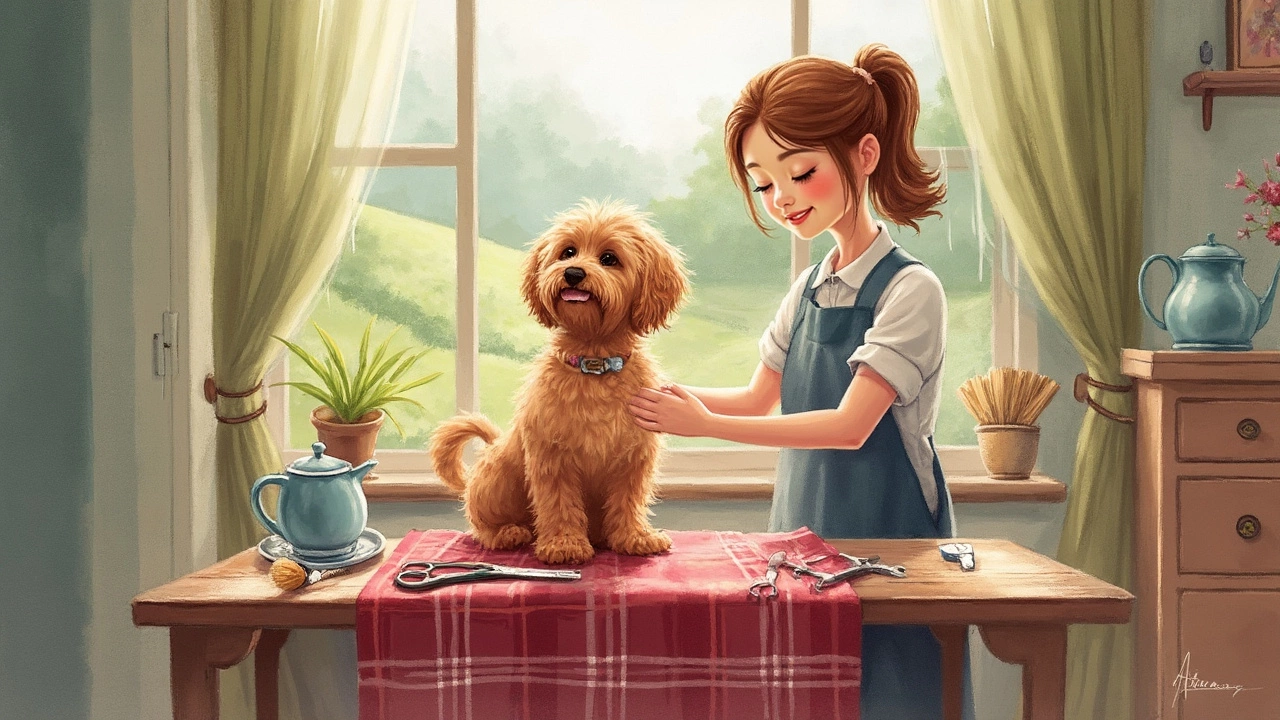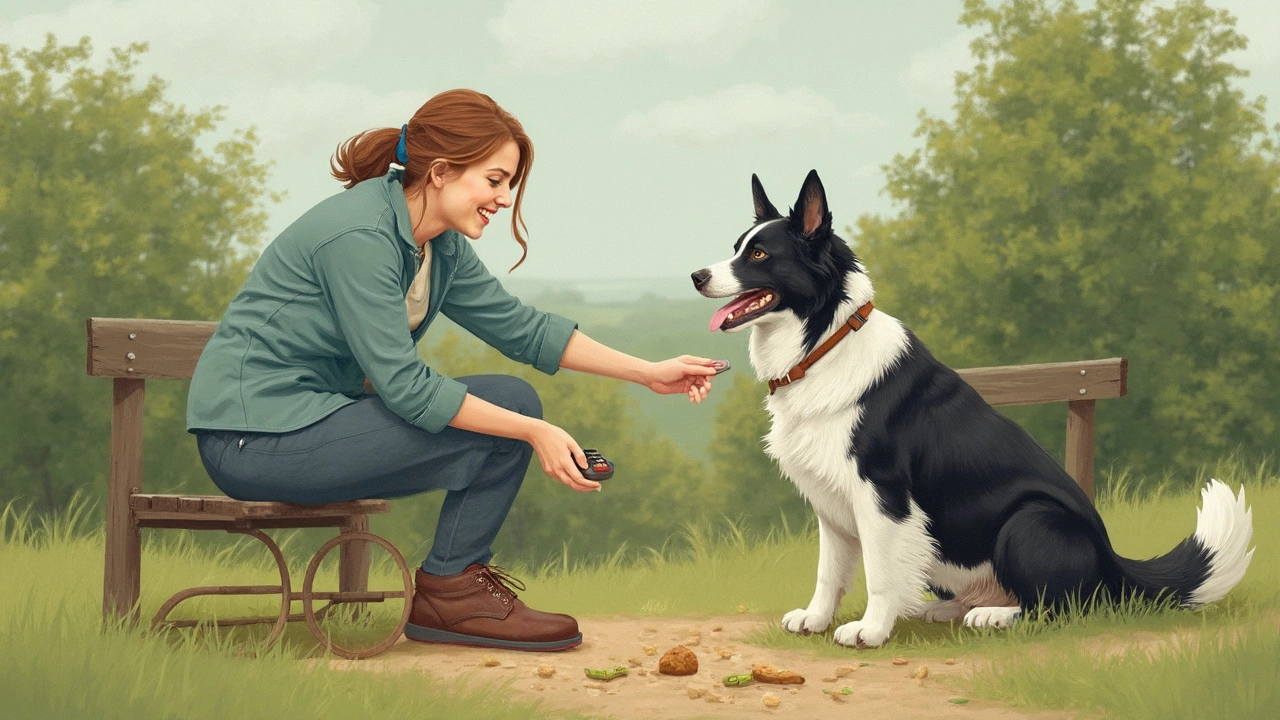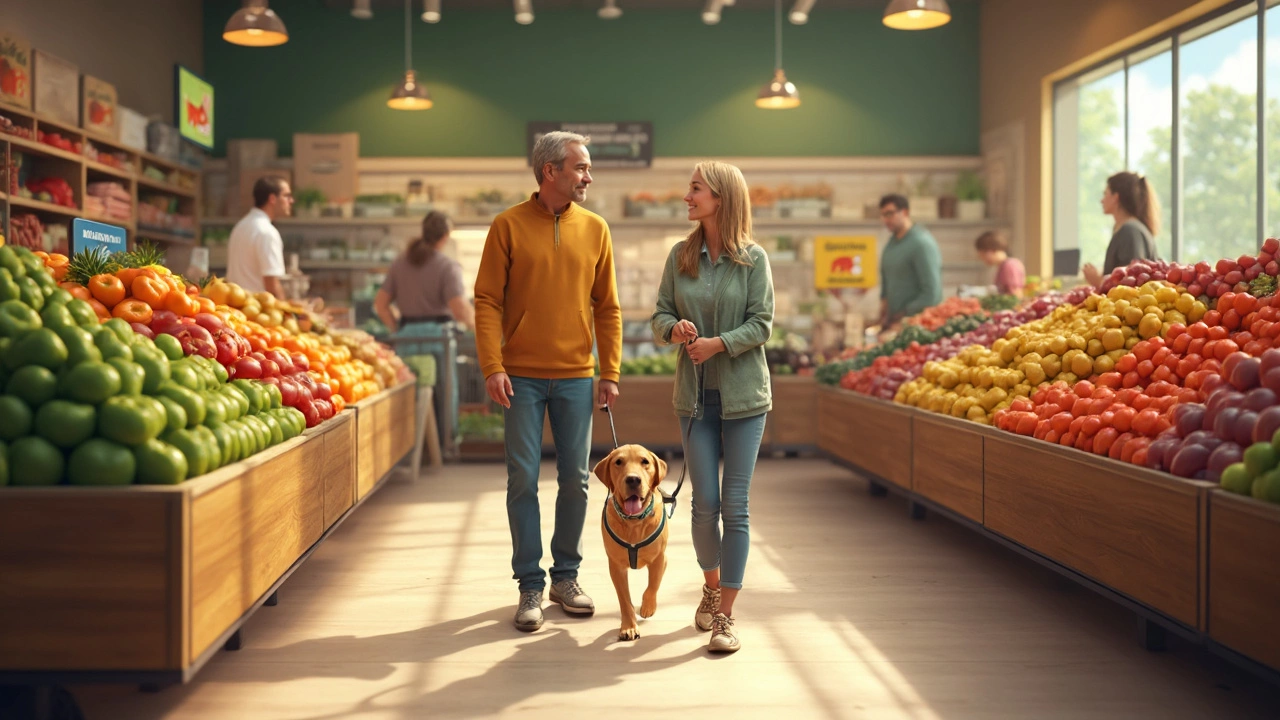May 2025 Pet Care Articles Archive
Welcome to the May 2025 roundup of pet advice. Whether you’re caring for a restless pup, a curious kitten, or a seasoned horse rider, we’ve pulled together the most useful tips we shared this month. Below you’ll find quick take‑aways on lighting for dogs, how to use a blanket in a crate, when a puppy stops being a puppy, and the latest on dog food, cat nutrition and more.
Dog comfort and training basics
First up, we tackled the age‑old question of night lights. Dogs see better than we think in low light, but a soft glow can calm anxious pups. Keep the light low‑intensity and away from the bed to avoid disrupting melatonin.
We also explored covering crates with blankets. A lightweight, breathable blanket can create a den‑like feel for shy dogs, but avoid heavy fabrics that trap heat. If your dog shows signs of overheating or stress, remove the cover immediately.
Leash pulling got its own spotlight. A front‑clip harness or a gentle‑leader collar can shift the pulling force away from the neck, making walks smoother. Pair the gear with short, rewarding training sessions and you’ll see less tug in no time.
Puppy growth, sleep and safety
Wondering when the “puppy” label really ends? Look for changes in tooth eruption, weight plateau and the shift from playful jitteriness to calm confidence. Each breed hits these milestones at its own pace, so use them as guides, not hard rules.
Sleep darkness matters too. Puppies generally prefer a dim environment once they settle into a routine. A low‑level night lamp can help if they’re nervous, but keep the light off once they’re comfortable to support natural circadian rhythms.
If you’re in North Carolina and love grocery‑shopping with your dog, the law allows pets in most stores, but individual chains set their own policies. Always check signage, keep your dog on a leash, and be ready to step out if a staff member asks.
For grooming, the wet‑versus‑dry haircut debate boils down to coat type. Wet hair is easier to detangle for thick, curly coats, while dry hair gives you more control on short, fine fur. Experiment carefully and watch for skin irritation.
Dog health supplements can be overwhelming. Stick to products that list clear ingredient amounts, have third‑party testing, and match your dog’s age and activity level. When in doubt, ask your vet.
Professional trainers and shock collars? The industry is moving away from aversive tools. Positive reinforcement, clicker training and consistent cues do the job without the risk of stress or injury.
Cat nutrition and feeding tips
Our cat‑focused posts answered two common questions. For wet food, calculate daily portions based on your cat’s weight, activity and the can’s caloric content. Split the amount into two meals to keep hydration up and prevent overeating.
Dry kibble often hides fillers like corn gluten or artificial flavors that can upset digestion. Look for named protein sources, limited carbs and no unnecessary additives. Switching to a cleaner formula can improve coat shine and bowel regularity.
Finally, we highlighted the best vet‑recommended dog foods for 2025. Look for real meat as the first ingredient, balanced omega‑3 fatty acids, and limited grain content unless your dog has a specific allergy. Reading the label with a critical eye saves you from marketing hype.
That’s the May 2025 archive in a nutshell. Bookmark this page, try out a tip or two, and keep your pets happy and healthy. Got a question that wasn’t covered? Drop us a note and we’ll add it to the next roundup.
Should I Turn Off the Light for My Dog at Night?
Wondering if your dog prefers sleeping with the light on or off? This article breaks down how dogs see in the dark, why lighting matters, and how nighttime light could affect your pup’s sleep and comfort. Get straightforward facts and practical tips about setting up the best sleeping environment for your furry friend. Learn what to look for if your dog seems unsettled at night. Find out what lighting setup makes dogs snooze better.
Should You Cover Your Dog Crate with a Blanket at Night?
Wondering if you should toss a blanket over your dog's crate at night? This article lays out when covering a crate is helpful, when it's not, and what to watch for. You'll learn how a simple blanket can calm some pups and stress out others, plus tips to keep your dog safe. Find out how to make nighttime cozier or less scary for your puppy without causing problems.
When Is a Puppy No Longer a Puppy? Signs to Look For
Ever wondered when your adorable bundle of fluff actually stops being a puppy? This article explains how puppies grow up, what changes to expect, and why there’s no single answer. Discover the milestones that matter, breed differences, and why the transition from puppy to adult affects more than just behavior. Plus, you’ll get practical tips for caring for your dog at every stage.
Dog Collars: How to Stop Your Dog from Pulling on a Leash
Ever feel like your shoulder is about to pop out because your dog pulls like a tiny sled team? This article breaks down why dogs yank, what actually works to fix it, and which collars can be your secret weapon. Get real tips and no-nonsense advice for making walks way more enjoyable for both of you. Learn quick training tricks and spot the mistakes many dog owners make. You’ll feel more in control—no treats required (okay, maybe just a few).
Flip Dog Beds: What Are They and Why Do Dogs Love Them?
Wondering what a flip dog bed is? This article breaks down what the term means, why dogs go nuts for them, and how these beds actually solve real problems for pet owners. You'll learn which features matter, cleaning tricks, and how to choose the best flip dog bed your pup will actually use. Get smart tips that make less fur, fewer odors, and happier naps a reality. Dog bed shopping just got way easier.
Dog Haircuts: Should You Cut Your Dog's Hair Wet or Dry?
Ever wondered if it's better to cut your dog's hair when it's wet or dry? This article tackles the pros and cons of each method, offering real-world grooming tips to help you decide. You'll find out what professional groomers do, how different coat types react, and what mistakes to avoid. Plus, get time-saving tricks if you're grooming at home. Whether your dog's sporting a curly coat or sleek fur, there are smarter, safer ways to handle trims.
How Many Cans of Wet Food for a Cat a Day? Real Answers for Cat Parents
How much wet food should you actually be giving your cat each day? The answer depends on factors like your cat's age, activity level, and the size of the cans. This article breaks down how to figure out the right amount, what vets recommend, and common mistakes cat owners make with portion sizes. You'll also find practical tips for measuring and adjusting, so your cat gets exactly what they need. Get the clearest info to feel confident about your next mealtime.
Do Professional Dog Trainers Use Shock Collars? The Real Story
Wondering if pro dog trainers actually use shock collars? This article cuts through the noise to explain when and why some trainers might use them, and why the industry is changing its approach. You’ll get facts on training methods, the impact on dogs, and practical advice for dog owners thinking about their options. Real examples from the training world show what’s happening today. If you want the lowdown without the fluff, you’ll find it here.
Dog Health Supplements: How Do I Choose a Pet Supplement?
Picking the right supplement for your dog can feel overwhelming, especially with crowded shelves and bold claims. This article breaks down what to look for, what to avoid, and how to spot what your dog really needs. You’ll get clear tips on checking ingredients, safety checks, and when to talk to your vet. Whether you have a playful puppy or a slow-moving senior, learn how to find a supplement that truly fits your dog's life. Make every scoop count for your dog's health.
Should Puppies Sleep in the Dark? How Light Affects Young Dogs
Wondering if your puppy should sleep in the dark at night? This article breaks down how darkness, light, and routine impact a puppy's sleep quality and development. Get practical tips on creating the best sleeping environment, why some puppies fuss in the dark, and how you can help your pup feel safe at bedtime. Plus, learn about the science behind puppy sleep habits and night lights. Make bedtime easier for both you and your little furball.
Are Dogs Allowed in Grocery Stores in NC? Your Guide to Pet-Friendly Shopping
Curious if you can bring your furry friend along on your next grocery run in North Carolina? This article clears up the confusion about dogs in grocery stores, explains key state laws, and gives practical tips for pet owners. Find out which dogs are legally allowed, how store policies vary, and the difference between service animals and emotional support pets. We also cover what to do if you run into issues while shopping with your dog. Get ready for your next grocery trip with confidence.
Best Dog Food for Dogs: Vet Recommendations for 2025
Wondering what dog food vets actually recommend? This guide cuts through marketing buzz and gets straight to what matters for your dog's bowl. Discover which ingredients matter most, if grain-free is really better, and which brands have earned their stripes in veterinary clinics. Plus, snag real tips on reading labels and dodging common dog food marketing traps. Your dog's next meal just got smarter.











